Like other non-professional soldiers during the second World War I made some close friends whom I saw little if ever in later years. Among them was an Englishman, Edward C. Wharton-Tigar. One sunny afternoon in late September, 1965, Mr. Wharton-Tigar happened to be in New York on business. Faced with an hour or two of free time, he visited the Metropolitan Museum. Rounding a corner near the entrance, he saw, on display, some Early Christian glass, collected by my father-in-law, the late Paul Dougherty. Its label read: “Gift of Mrs. Carleton S. Coon.”
Edward thought about this a moment, and a question arose in his mind: “Is Mrs. Coon a widow?”
He then telephoned another old World War II friend, with whom he had kept in closer touch. Within a few minutes the phone rang in my study in West Gloucester, Mass., and I invited both Edward and the other friend to join us here for the weekend. Before leaving on Monday, Edward asked me: “What would you like to do next?”
“Look for fossil man in West Africa,” I replied.
“That’s easy,” said he, “you and Lisa can do it as our guests. As a matter of fact we have a promising-looking cave for you to dig.”
Only then did he inform me that he was managing director of Selection Trust Ltd., a world-wide mining company with installations in the diamond fields of Sierra Leone and Ghana. With the sanction and support of The University Museum, we arrived at Yengema, Sierra Leone, on November 11, 1965, just at the end of the rainy season.
Yengema is a village located at about 8degrees 9′ North Latitude and 10 degrees 58′ West Longitude, in hilly country covered with dense tropical forest, near the border of Guinea. Outside the village is a residential area containing bungalows occupied by British employees of Sierra Leone Selection Trust Ltd. and their families, and by other staff members of Sierra Leonean nationality. In the air-conditioned guest house, called The Lodge, we were given luxurious quarters, food and service, and the use of a Volkswagen.
In front of the Lodge extends a golf course, and beyond the sand traps and putting greens stands a row of huge, vertical granite slabs, like a squad of petrified giant grenadiers at rigid attention, thrusting their weathered heads above a screen of tall trees, and outlining the western skyline against the mist. Many thousands of years ago one of the giants tumbled sidewise, crushing its neighbor to the south, whose stump propped it up, leaving an area of about one hundred and fifty square yards sheltered from sun, wind, and rain. The rock overhanging this sheltered area is estimated to weigh over 24 million pounds. A crack in its western face suggests that some day the rock will split and fall, but it did not collapse while we were there. If and when it does, the trench we dug may then be as old as the laterite-encrusted implements found near the bottom are now.
After the great slab’s fall, thin sheets of granite peeled off its underside and disintegrated into reddish soil. This eventually formed a level floor, above which the roof now slopes from ground level on the north side to a height of fifteen feet on the south. But soil making seems to have ended some 3,500 years ago, as we found out a year later when Mr. Mark Han, working in the University Museum’s Applied Science Center for Archaeology, produced a thermoluminescence date of 1500 to 350 B.C. for a sherd found in the upper 30 centimeters of the deposit, right under the floor.
Today no new soil accumulates in the cave because during the rainy season, after every shower, water flows out of a long narrow crevice in the northeast wall of the cave and floods the floor. We did not know of this because we were there during the dry season, but Miss Janet L. Stone, who dug two pits 70 cm. deep in two corners of the floor during July, 1965, has recently told us about it. During the rainy season, apparently, this water washes away whatever soil may have accumulated during the dry season, and this cycle of events must have been going on for about 3,500 years, ever since the roof of the crevice began to leak, rendering the cave uninhabitable in the season when its shelter was most needed. The Neolithic people must habe abandoned it, therefore, at about the time of Queen Hatshepsut (18th Dynasty) of Egypt, and while Stonehenge was being erected.
In any case, the terminal date came as no surprise to us because we had found neither Iron Age nor Late Neolithic levels in the cave. Their absence had spared us much digging of material less interesting than what we found. In addition to this unexpected benefit, we felt at the time and still feel that no finer site could be found in that part of Africa, where caves are rare, and also, incidentally, nowhere else could we have excavated with such ease, and with so much expert counsel. The company’s prospecting department was put in charge o facilitating our work, and we were visited by the head of the Sierra Leone Selection Trust Ltd.—Mr. John Codrington, the manager of the mine—Mr. Harry Parker, and three company geologists from London; meanwhile one Anglican curate and several company wives helped with the washing and bagging of specimens from time to time, and some of the latter took basketfuls of our rich, stoneless soil back to their flowerpots and gardens.
We started off with four Prospecting Department employees as workmen, but as new prospecting missions were sent out into the forest to look for diamonds, we needed more permanent excavators. So one day I said: “Have you men any brothers?”
“Yes, Master, we got brudders,” they replied.
“Then bring them tomorrow,” I bade them, and they did.
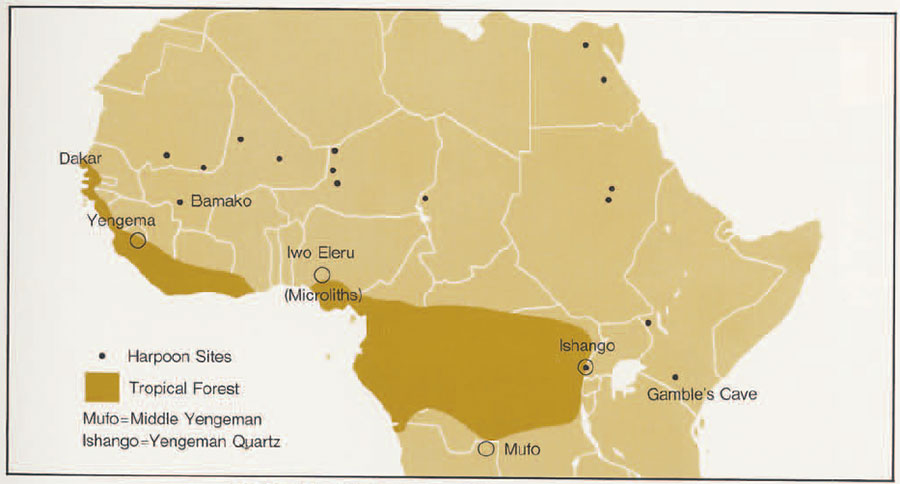
Naturally they did not take the word “brother” any more literally than I meant it. A brother is a member of one’s tribe, or at least, some kind of extended kin. Thus when Kombo Kissi brought his “brother” Sar Kissi, the likelihood of co-paternity vanished. Kombo Kissi is a tall, lithe, handsome Negro. Sar Kissi is pigmy-sized, with a bulging forehead and other features which make him resemble the forest dwarfs who may have occupied that same terrain before the invasion of Negro tribes, including the Kissi, from the north. There were other pigmy-sized individuals about, and some with very hairy bodies, including arms and legs, and hairiness is a pigmy feature.

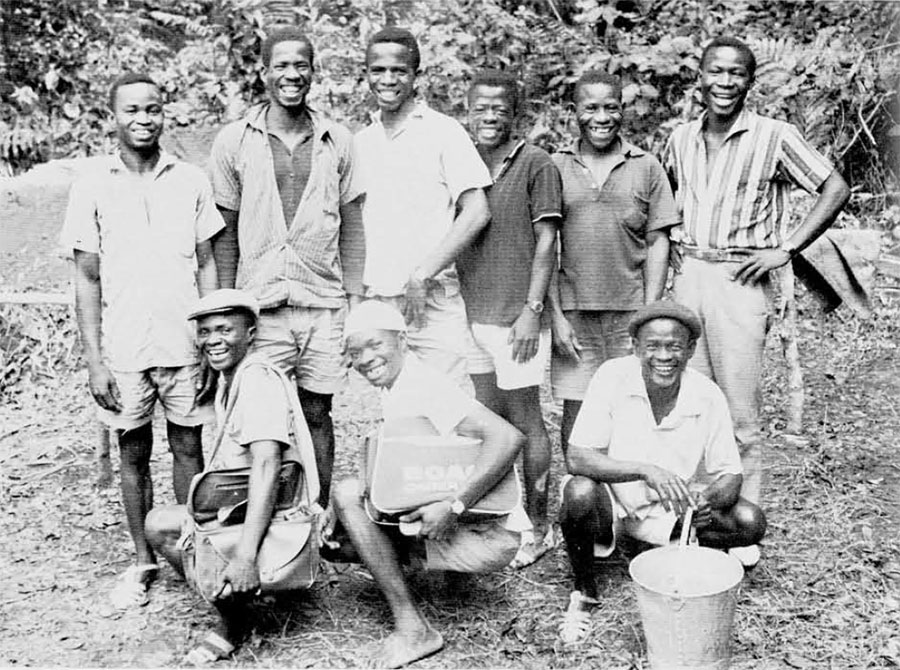
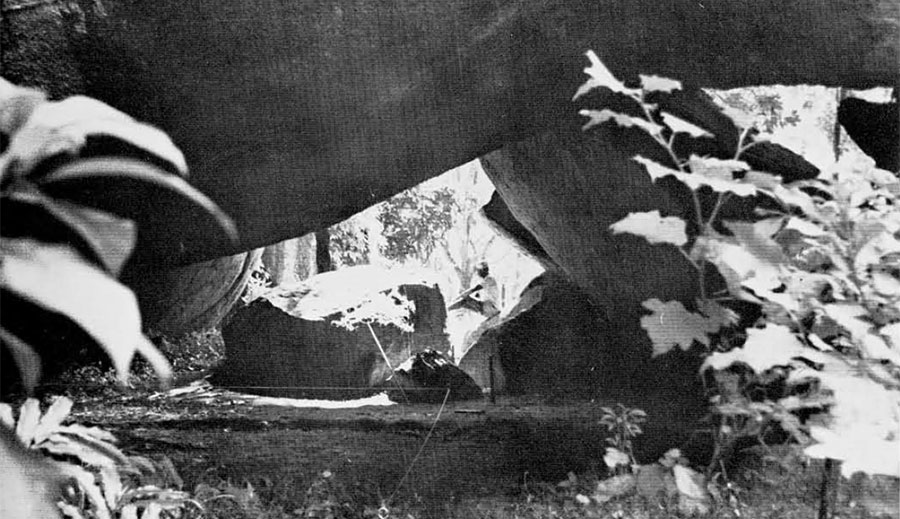
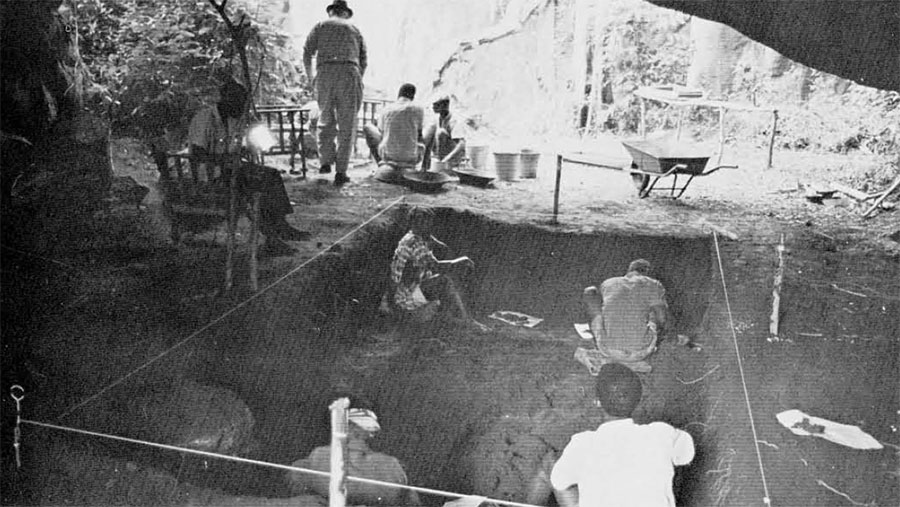
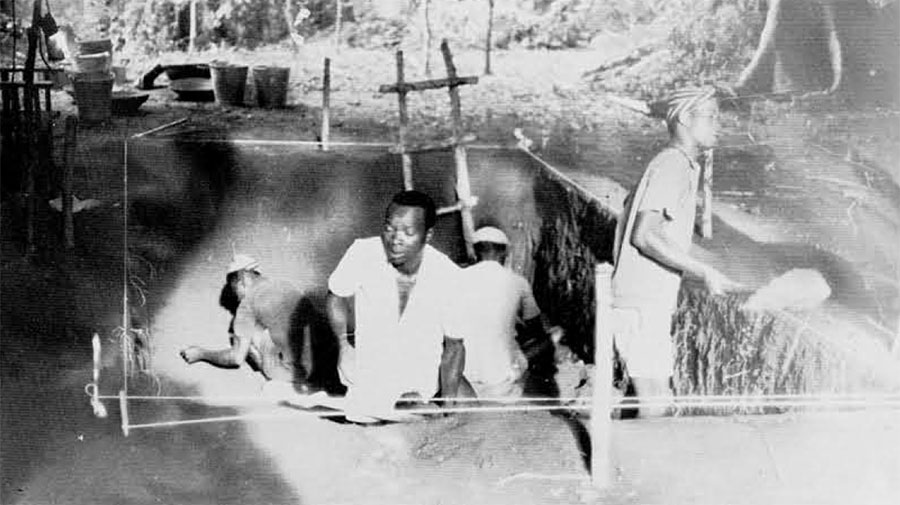
These new diggers were former company employees who had been laid off and awaited reemployment. I called them the Pennsylvania Boys, a name which delighted them. We had a peak number of seven, plus an educated young man named Mr. Patrick Kanu, who served as interpreter when he was not absent for illness. I needed him because not only could I not understand the tribal languages which some of the men used between themselves, but I also had trouble with the pidgin English in which they addressed me. Only one, a Mandingo who had been to school, spoke fully comprehensible English, and he stammered. Bit by bit pidgin came to me, but I was not there long enough to master it. It is simplified, old-time, North American plantation English, in which one word serves for many. “Kettle” means almost any container, and “rope” anything from a thread to a hawser.
One of the first set of workmen summarized, in pidgin, the basic human relations involved in almost any work situation. He said: “You good massa, me good boy. You bad massa, me bad boy.”
At the time he left we were both still “good,” but he did not stay very long. Because all the other “boys” were “good” throughout the dig, I feel that perhaps I qualify as a good master. In fact, I have never had better workmen anywhere, in the sense that not one of them slacked off on the job, and that they did not quarrel nor complain to me of each other. Their only fault, if fault it be, was gaiety.
One gnome, Amadou, whose wife had just left him, was a sad-eyed comedian. Sometimes he would mimic the conversation between a man and a woman, in two voices. At other times he would imitate animals. All of his imitations were received with enthusiasm and acclaim. While he was not in the trench digging, he was moving loads of earth to the dump in a wheelbarrow, warning all pedestrians to keep out of his way with a “beep, beep” of fascinating verisimilitude. It sounded just like my borrowed Volkswagen.
But the story is creeping ahead of itself. On November 13 we probed the cave floor with a six-foot prospector’s rod, to find where the deposit was deepest. Having located such an area, on the south side of the cave where the roof was also highest, we then dug a narrow exploratory trench at that place, going down by twenty centimeter levels and bagging the material recovered from each. After reaching a depth of one meter we probed again, failing to touch bottom at another six feet, or a total of 2.80 meters.
At this point a geo-meteorological problem raises its many-faced head. As previously stated, there has been no appreciable accumulation of soil on the cave floor since around 1500 to 350 B.C. Another potsherd from the 40-60cm. level, at the beginning of the pottery-using period, has given us a second thermoluminescence date of between 220 to 470 B.C. These two dates more or less represent the beginning and the end of the occupation of the cave by pot users. As the probably errors of the two dates overlap by 120 years, the accumulation of sherd-bearing soil took anywhere between -120 years, which is of course impossible, and 1520 years, with an average figure of 700 years, during which .117 cm. of soil was added each year until soil deposition ceased.
But what of the deposition below 60 cm.? So far we have found only a relative way of measuring this. Between 60 cm. and 160 cm. we found 765 pieces of dolerite, a form of basalt, and nearly all were encrusted with an orange lateritic deposit, ranging in thickness from a trace to over 4 mm. It took me and a few neighborhood youths several months to clean all such pieces suspected of having been implements. Finally it appeared that the thickness of the crust of each piece was a function of its depth in the cave, ranging from .6 mm. at 60-70 cm. to 3.8 mm. at 150-160 cm. If we knew the rate of oxidation that produced this crust we might know when dolerite was first brought into the cave, but we don’t. We suspect that it may be as old as 9000 B.C. because the same industry, in a site called Mufo in northern Angola, has been given a radiocarbon date between 9239 and 490 B.C. (C-580). But this is not the oldest possible date for the cave, because quartz was used for implements before the introduction of dolerite. How old the quartz may be is anyone’s guess, but I doubt if it is much older than 10000 B.C.
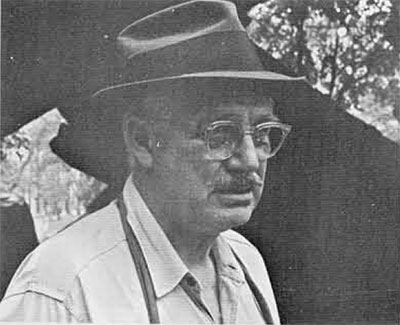
The 16,954 pieces of material, including 277 potsherds and 984 implements (according to our best judgement) sort themselves out into three sequential and more or less cumulative subcultures, or overall cultural elements, which did not necessarily come from a single source. The first to appear is Lower Yengema, made entirely of quartz, an abundant if recalcitrant material from which it is difficult to produce handsome implements, or even implements all of which are recognizable as such to the layman. Those found at the bottom of the deposit were simple, bifacially flaked choppers, of a type or types immensely ancient in some other parts of Africa, one which persisted to the final occupation of Yengema Cave. To them were subsequently added other types of quartz implements, such as notched scrapers, concave scrapers, and pieces esquilles (including one each of chalcedony and quartzite; a piece esquille is a small flake tool with a bifacially retouched edge, and used as a chisel or wedge.). Few types, once acquired were ever subtracted. The quartz industry provided the cave industry as a whole with a continuity less evident in other materials.
At a depth of 160 cm. dolerite was added, mostly in the form of miniature bifacially flaked counterparts of ancient handaxes, from which they may or may not have been typologically descended, and hoelike or axelike tools of a type found elsewhere and formerly called “Tumbian hoes.” Most of the latter had been broken, either at the business end through use, or at the butt end to make them of uniform length. These two types of implements introduced the Middle Yengema, which also possessed pointed and concave flake tools, comparable to those in quartz, the edges of which had been bevelled by grinding. By experiment I found that, unlike flint, dolerite becomes ground by use, rather than chipping. There were also dolerite squares comparable to the pieces esquilles in quartz and other materials.
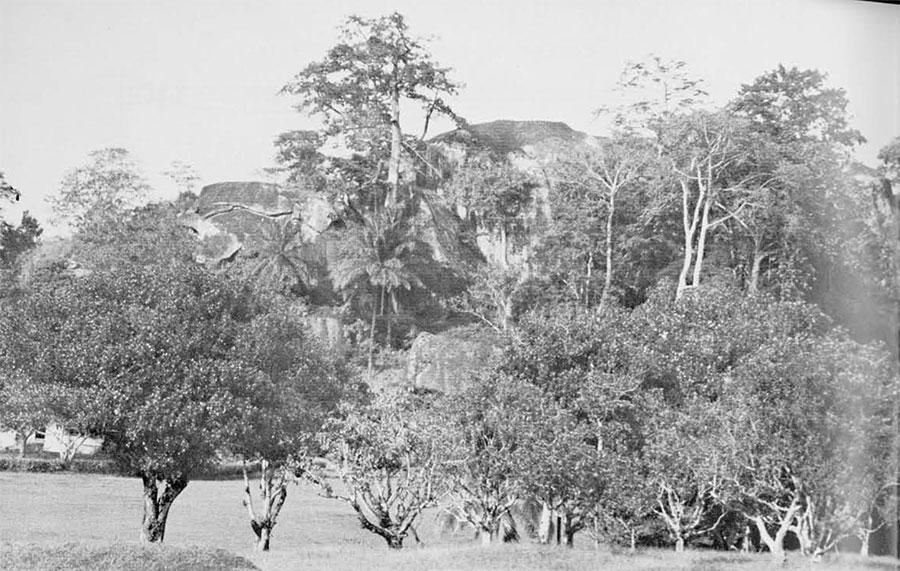
Schist began to be used at about the same time as dolerite, mostly in the form of points and thin, ground chisels or adzes, and pieces of hematite also appeared. Some of these had been ground and polished, presumably to obtain pigment, but this may not have been the only reason for their preparation. They come in two forms, conical and square. These are African art forms still in use, forms which have influenced modern European art. In my opinion these hematite objects, which are things of beauty, were recognized as such by their makers and owners.
At about 60 cm. below the surface we encountered potsherds and polished stone axes, of both dolerite and schist, all of which continued to the floor. Between 60 cm. and 40 cm. most of the characteristic Middle Yengema implements of dolerite and schist disappeared, but the hematite clung on. In fact, I later found a similar piece of polished hematite in an Iron Age deposit at Akwatiya in Ghana. The stone axes were notable for their diminutive size. They are tiny, averaging a little over one ounce in weight. Two are double-bitted, and one has a conical butt. They could hardly have been used in felling trees, but only in working wood and bone, as adzes and chisels.
Exactly one meter down, in the middle of the Middle Yengema, we found one large quartzite chopper weighing one pound and four ounces, our largest implement. It was of a type belonging to the vastly older industries of North and East Africa, and also found in the tin mines of the Jos Plateau in Nigeria. On the way home from Yengema I found some there myself. What such a tool was doing in Yengema Cave, and not in the oldest level, is a mystery. Perhaps some Middle Yengema brought it in to use as a source of quartzite, which is a rare material in that region.
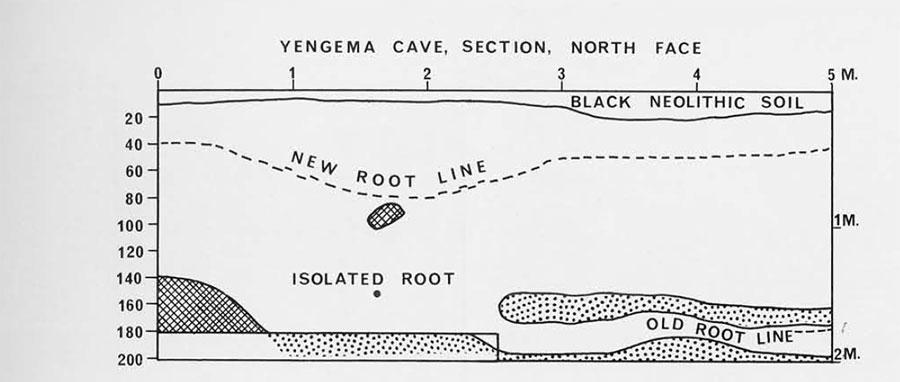
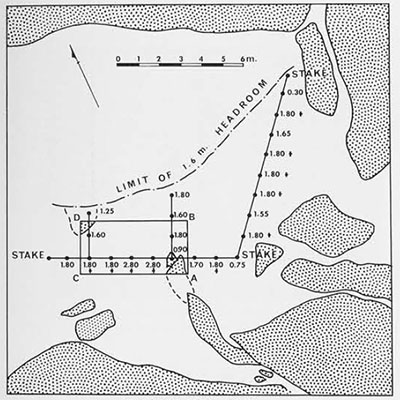
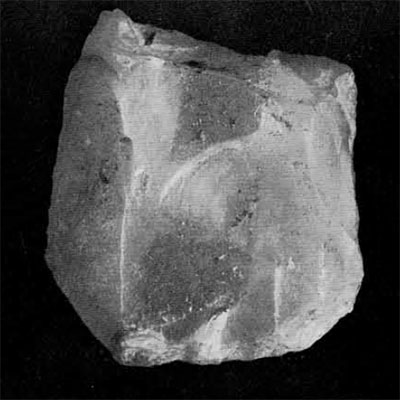
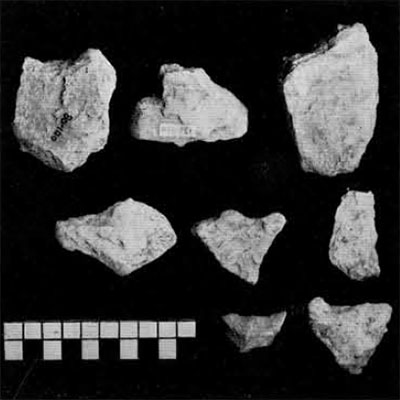
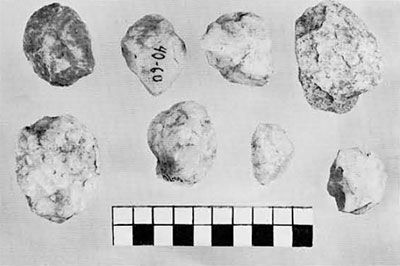
During 1966 I did not work alone on these objects, which overflowed my laboratory. Harvey M. Bicker, a Harvard graduate student who assists Hallam L. Movius at the Abri Pataud in Les Eyzies; J. Desmond Clark, now of Berkeley; Frederick Johnson of the Robert S. Peabody Foundation at Andover; and Carl C. Lamberg-Karlowsky, a University of Pennsylvania Ph.D., now on the Harvard faculty, all sorted and studied various parts of the Yengema Cave collection and gave me expert advice without which I could not have written the final report, part of which will be under Lamberg-Karlowsky’s name.
In December 1966 UNESCO sponsored a conference on African archaeology, held appropriately at Fort Lamy, in Chad, in the center of the continent. There I presented an illustrated report on Yengema Cave and received many valuable comments from the other participants including Professor C. Thurstan Shaw of Ibadan University, Nigeria, who had recently finished digging a much larger Nigerian cave named Iwo Ederu (Shelter of Ashes). In it Shaw found an industry entirely different from ours, despite the fact that its principal material was also quartz. It is basically microlithic, and we found no microliths. We found no charcoal. He has two Carbon-14 dates which I will let him announce, except to say that the oldest is as old as the Lupembo-Tshitolian date from Angola mentioned earlier. We found no bone but he, lucky fellow, unearthed a human skeleton, the racial affinities of which will startle some physical anthropologists when he reveals them, but they did not surprise me.

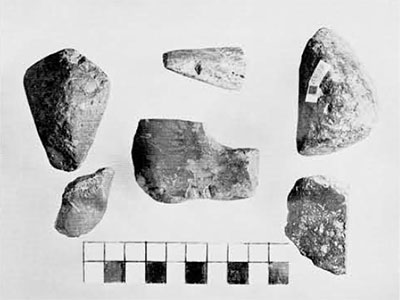
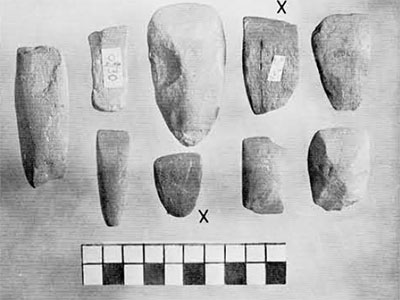
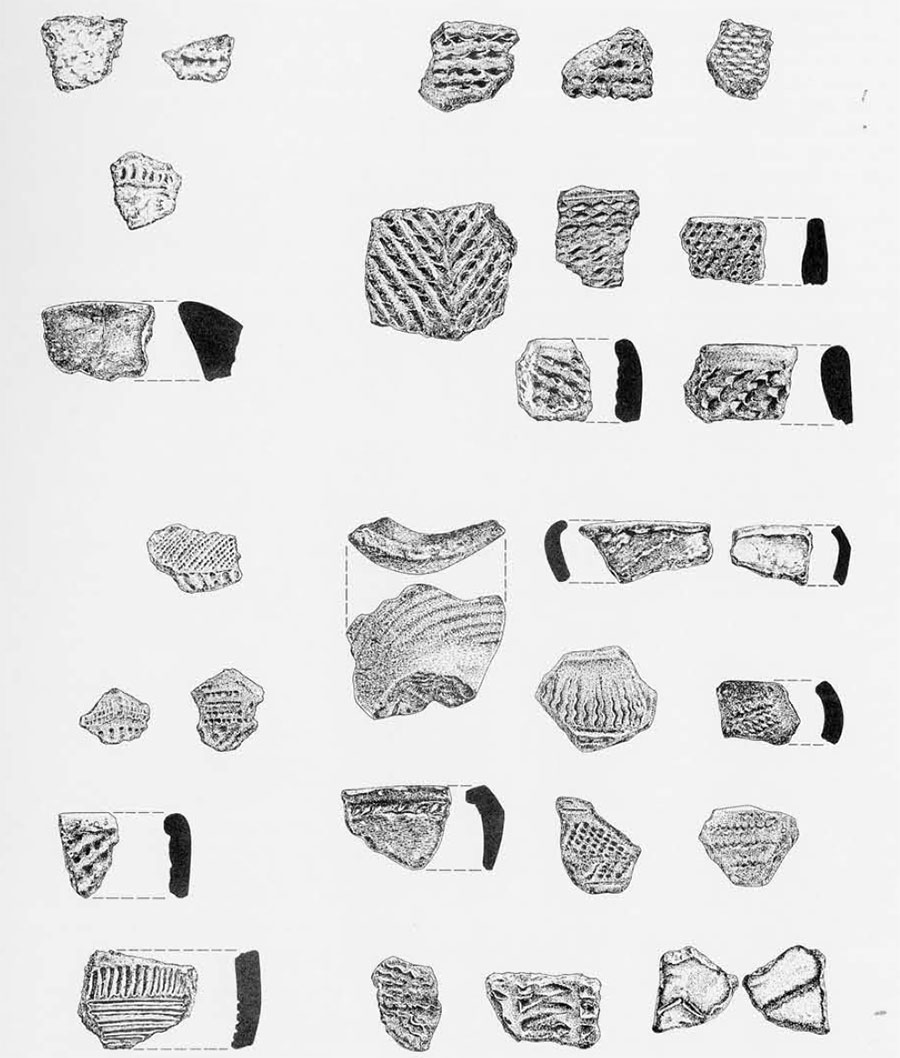
Shaw’s cave and ours seem to be the first two dug in West Africa in which a progressive cultural sequence is documented, and for which geophysical dates have been obtained. His represents the southward thrust of a Mesolithic industry from North Africa and the Sahara into the relatively treeless wedge of land which cuts the coastal forest in two, between Accra and Lagos. Ours represents a northward extension of a culture or cultures, geared to the forest, which seems centered in the Congo and Angola.
The general conclusions concerning the relationships between the threefold Yengeman industry and others found elsewhere in Africa are as follows. Each of the three elements seems to have had separate origins, and not one can be identified with the widespread microlithic industry found by Shaw at Iwo Ederu and by others elsewhere. Although the Early Yengeman quartz assemblage contains too few specimens for close comparison with other industries, those that we have seem most nearly to resemble those of the Ishanagan culture unearthed by De Heinzelin tentatively dates his site, on geological grounds, between 9000 and 6000 B.C.
The quartz implements found in both the Yengeman and Ishanagan industries include the bifacial choppers, notched scrapers, end scrapers, and pieces esquilles. What seems to be one of the latter was set in a bone handle about 7 inches (18 cm.) long. Pounders and whetstones like those of our Middle Yengeman were also found at Ishango.
But the most characteristic and numerous implements of the Ishanagan complex are bone harpoons and spears, probably designed for catching fish and hunting crocodiles and hippopotamus in lakes and rivers. Similar bone harpoons have a wide distribution in Africa, ranging as far east and south as Gamble’s Cave, Kenya, and as far west as Bamako in Mali, some 340 miles northeast of Yengema. Whether such harpoons were ever made at Yengema we do not know, because there bone disintegrates in less than a year. This fact was discovered experimentally by a company biology teacher after she had buried a dead dog to get its skeleton for her class.
The bifaces and other dolerite tools of the Middle Yengeman are, on the other hand, comparable to and probably a part of the so-called Luypembo-Tshitolian industry of the forested regions of Central and West Africa, stretching up the coast as far north as Dakar.
The Upper Yengeman is a combination fo older local elements with an early Neolithic of general West African imprint, but it is not the previously described “Guinea Neolithic” because it lacks microliths, and its closest relationship seems to lie with Morocco, up the Atlantic coast.
On the whole the delegates at Fort Lamy seemed pleased to learn about Yengema Cave. Some of them expressed the feeling that the site was worth digging, because it adds to our understanding of that little explored field, West African prehistory. It suggests the interrelationships of three African industries on a scale of time, while helping to delimit the geographical range of a fourth. And the job was done at a minimum expense in time, money, and personnel, thanks to our hosts.
I leave it to the reader with any experience in field archaeology, particularly in tropical forests, to calculate how long it would have taken anyone, and how much it would have cost, to locate an equally fruitful site, to set up a camp, to transport equipment, to recruit workmen, and to pack and ship the finds, without the help of an organization like the Sierra Leone Selection Trust Ltd. To them I wish to express my gratitude and that of the University Museum.
